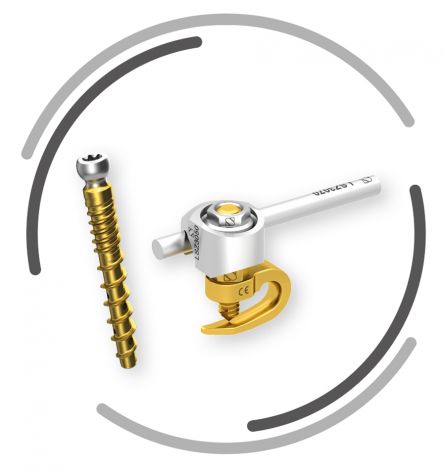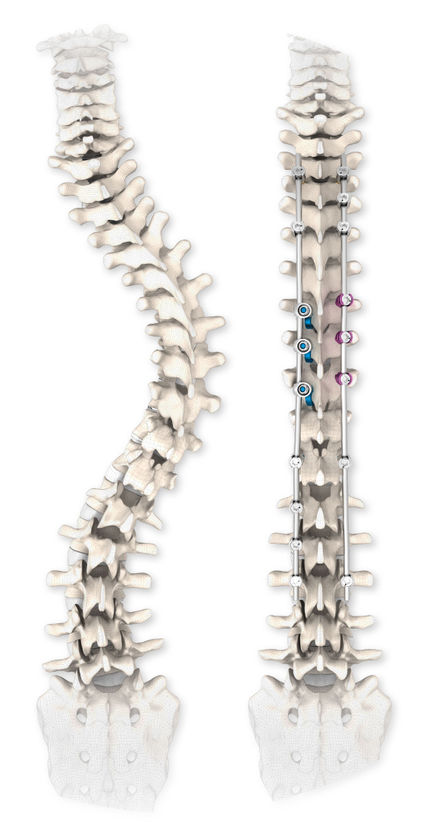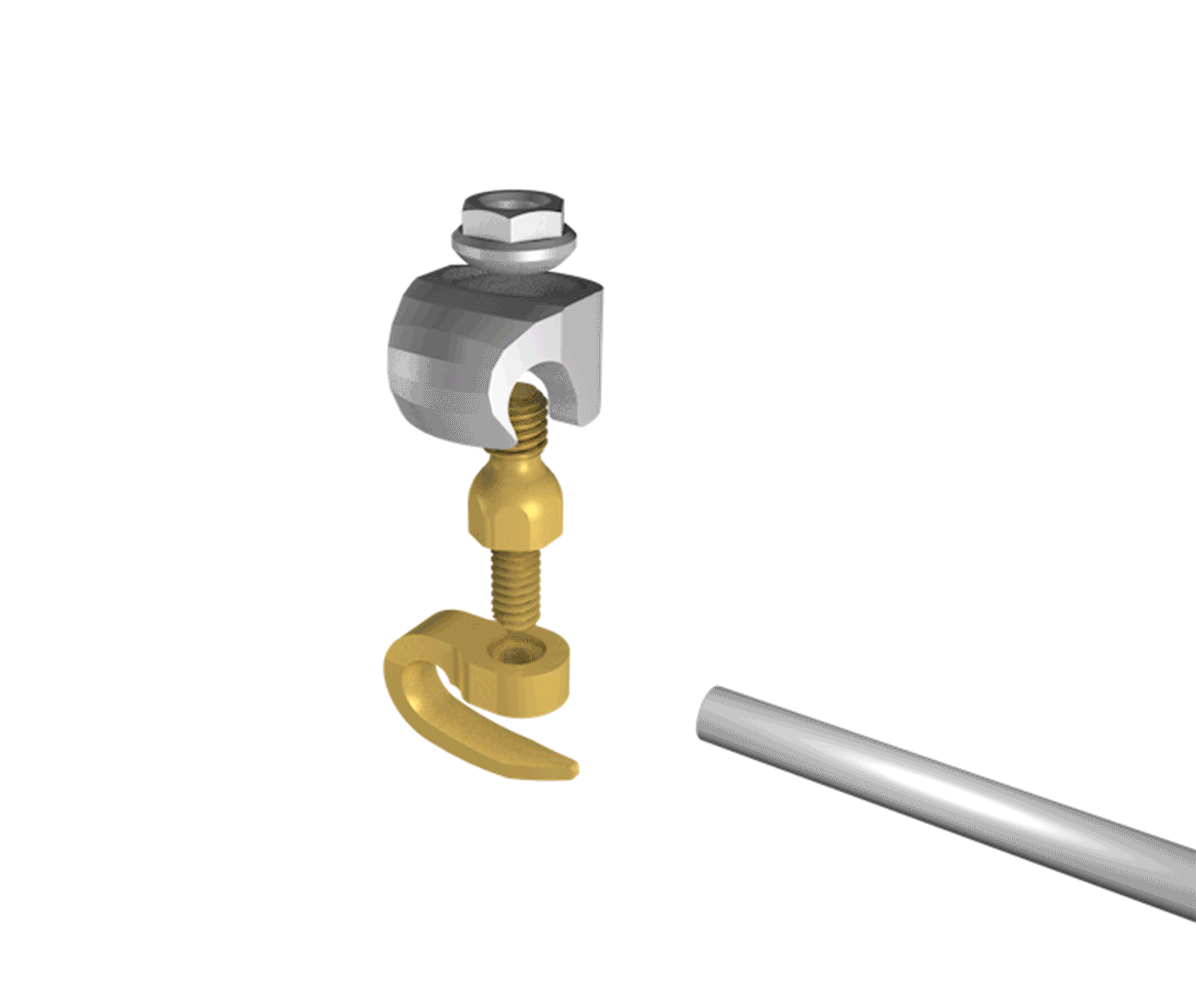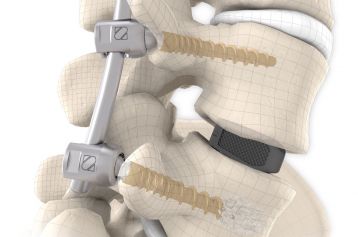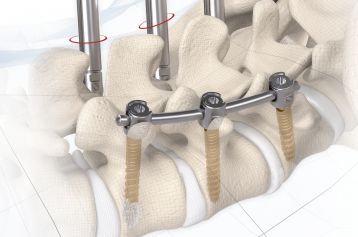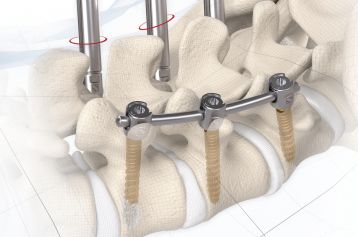DIPLOMAT Deformity
Request product
start requestThe advantages of treating deformities using the hybrid technique posterior systems with transpedicular screws as the basic element to stabilise the spine have become the gold standard for surgical treatment of spinal deformities and are used in most cases where correction of scoliosis or segmental fixation is required.
If, however, there is a severe kyphotic or scoliotic spinal deformity, particularly one that is associated with a developmental disorder such as hypoplasia or aplasia of the pedicle that makes insertion of a screw more difficult, this raises the question of other fixation methods.
Infralaminar hooks LSZ are a sensible alternative to pedicle screws for specific spinal sections. Their stability is comparable to that of pedicle screws.9
Additional advantages:
- Improved anchorage for hypoplastic pedicles on the concave side
- Transfer of force for translation
- Extension of the dorsal spine; consequently greater control of the sagittal profile
- Lower implant density with no correction compromises
9 Hans-Joachim Wilke, D. Kaiser, Rafat Saleh, D. Volkheimer, M. Braekau, S. Schädler, K. Püschel, M. Rauschmann A pedicle screw system and a lamina hook system provide similar primary and long-term stability. A biomechanical in vitro study with quasi-static and dynamic loading conditions. European Spine Journal, DOI 10.1007/s00586-016-4679-x
DIPLOMAT Deformity System with infralaminar hooks LSZ
As part of the DIPLOMAT® system, the infralaminar hooks LSZ provides the ideal solution for treating deformities.
The LSZ system is based on a unique lamina hook system that is inserted infralaminar, that is, from the caudal direction below the lamina. This avoids problems with subsequent cranial degeneration because the capsular ligament is preserved on the cranial aspect of the segment to be fixed, unlike traditional hook or wiring techniques. The hooks are narrower and longer than conventional hooks and are fixed to the lamina using a special screw.
The DIPLMAT Deformity System can and is often used together with the DIPLOMAT rod screw system.
DIPLOMAT can be described as following: one system for all indications.
Hook-based system
Less traumatic surgery
Rescue: anchorage options with destroyed pedicles
Low radiation exposure for patient and surgeon
Secure anchorage
Safe and straightforward correction
Opportunity for revision
Colour coding
Straightforward instruments
The implants of the DIPLOMAT Deformity with the LSZ infralaminary hooks are made of a titanium alloy Ti-6Al-4V.
For easy identification, the implants are coated with differently coloured oxide layers. Changes in colour are due to production and preparation and have no influence on functionality.
The materials are established for use as implants. They are biocompatible, corrosion-resistant, non-toxic in the biological environment and allow for trouble-free imaging in X-rays.
Here you get to the eifu of DIPLOMAT Deformity.



